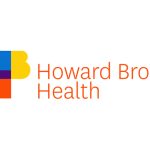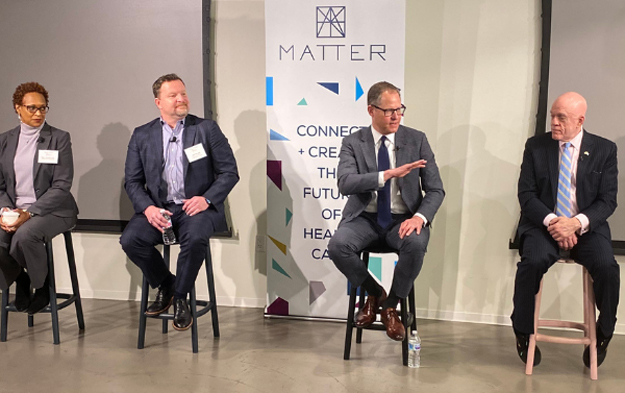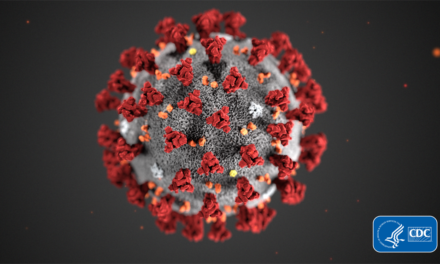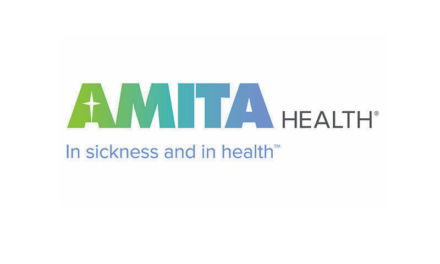
Panelists recap legislation session, preview next priorities

This year’s spring legislative session was shorter than recent years, but not less busy. At a Health News Illinois event this week in Chicago, a panel of lawmakers, lobbyists and state government leaders broke down the implications for healthcare and previewed the issues likely to dominate next session.
Panelists were:
- A.J. Wilhelmi, CEO, Illinois Health and Hospital Association
- Matt Hartman, Executive Director, Illinois Health Care Association
- Jud DeLoss, CEO, Illinois Association for Behavioral Health
- Ben Winick, Chief of Staff, Department of Healthcare and Family Services
- House Majority Leader Greg Harris, D-Chicago
- Rep. Camille Lilly, D-Chicago
Excerpts from the conversation are below.
Nursing home rate reform
Among the biggest healthcare lifts of the session was legislation overhauling how nursing homes are paid. Years in the making, the bill phases in a patient-driven payment model and allocates dedicated funding for staffing increases and workforce transformation. It also rewards providers for achieving higher levels of care and boosts wages for certified nursing assistants.
Winick and Hartman weighed in on the “long and winding road” to get a bill to the governor’s desk.
Winick: It was just a lot of give and take … There was a recognition that there really needs to be greater accountability for staffing, that we actually need to see those results before the increase in funding goes out the door … And also some of the industry wanting to provide high-quality care, wanting to serve more Medicaid patients … but the way the system reimburses nursing homes, it wasn’t allowing them to be financially stable and provide that care. So, recognition for the industry that they are wanting to make these improvements, but the state needs to make sure it’s possible for them to actually do so.
Hartman: This is something that everyone in the sector should be proud of as a first step … It’s not the final solution to the problems that the profession faces, but it helps us to begin to climb out of some of the problems … The need for the service that we provide is not going away anytime soon. As a matter of fact, it’s going to increase greatly in the next five to seven years as the baby boom generation starts to come into our doors. We’re in a position where facilities are closing on a monthly basis or combining or getting out of the sector, and we can’t afford to have that when we know there’s going to continue to be this need. This helps us to recognize that growth.
Federal COVID-19 relief funds
Next year’s Democratic-backed spending plan allocates hundreds of millions of dollars in federal COVID-19 relief funds for various healthcare sectors. That includes support for the nursing home workforce and funding to bolster safety-net hospitals and mental health providers.
Harris and DeLoss provided insight on how that funding was allocated and how it might be used.
Harris: We looked at what the COVID epidemic really highlighted and focused on damages and where it showed up in disparities, and that was in nursing homes, that was in the safety-net hospitals and rural critical access hospitals – where folks have had the hardest struggle with workforce costs, with (personal protective equipment), with physical changes they needed to make to their facilities to accommodate this. And that’s where we put the bulk of the money. And we also tried to prioritize it in a way that dealt with those who have been reimbursed from other sources, that this money would go on top, not alongside. We want to be sure we’re making the best use of the limited resources.
DeLoss: Our goal would be to shore up existing programs, but also to take a look at new and different ideas. (Hospitals) are looking at value-based payment, they’re looking at a lot of strategic types of quality investments. And we would like to take on that opportunity as well. And so we’ve been in discussions with the departments, both (Department of Human Services) as well as (Department of Healthcare and Family Services), in terms of trying to identify areas that we can improve upon the existing quality. I can’t say enough about the quality of care that my members provide, tops in the field, but there is an opportunity to reward that excellence.
Health equity and safety-net hospitals
The COVID-19 pandemic exposed health inequities that have plagued the healthcare system for decades. Harris and Wilhelmi discussed a pair of efforts in the works to address long-standing issues. Meanwhile, Winick talked about factors that should be considered as more funding is allocated to safety-net hospitals.
Harris: We now have a pilot program – HFS is going to be soon rolling out (a request for proposals) – to see, as you look at the social determinants of health, as you look at reducing healthcare disparities, can we on the front end help people, especially with the chronic diseases that are the drivers of so much cost – like stress, tension, asthma, heart disease and diabetes and all of these things – that if there was access in our neighborhoods, could we reduce our costs down the road? I think this has the potential to be a game changer.
Wilhelmi: In the (hospital) assessment bill, there was a provision that creates a health equity grant program. Over the last four budgets there have been ad hoc (Department of Public Health) grants funded by (the general revenue fund) to support our safety-net hospitals as they care for their patients and communities under very challenging circumstances … As more and more of the funding under the assessment program has to follow the patient, we want to make sure that safety-net hospitals have the resources that they need to care for their patients and communities and address health equity in a meaningful way. And that of course involves addressing social determinants of health.
Winick: First and foremost is recognition that the safety-net hospital really has unique challenges, compared to many of the other providers, just given the nature of Medicaid reimbursement … But, we really need to make sure that there is accountability attached. And that’s making sure there are not hospitals that get the money up front and then shut their doors to Medicaid.
What’s next?
Like all sessions, this year’s came to a close with unfinished business. Panelists previewed some of the issues they’ll be focusing on in the year to come.
Hartman: We need to continue to work on the career ladder for the sector. There are a number of staffing and workforce development goals that we didn’t finalize this year.
Lilly: The expansion of long-term healthcare in our communities.
DeLoss: The full continuum of care prevention, treatment recovery, all of it needs to be addressed and it needs to be done in a way that is not only recognizing the best and how to achieve the best, but to be sustainable, so that we’re not looking at a one-time gift or one-time stimulus. We’re looking at long-term change.
Wilhelmi: Workforce, and then working with HFS and DPH on the health equity grant program.
Harris: We have to stay very alert and very agile. I don’t think COVID is totally done yet. We may have to adapt and change pretty radically in the next year or two when things come out not as we expected them to.
Winick: We are making additional investments in programs for elderly and the disabled to stay in their homes and in community settings, both individuals with physical disabilities, but also behavioral health. So continue to push forward and make those investments.









